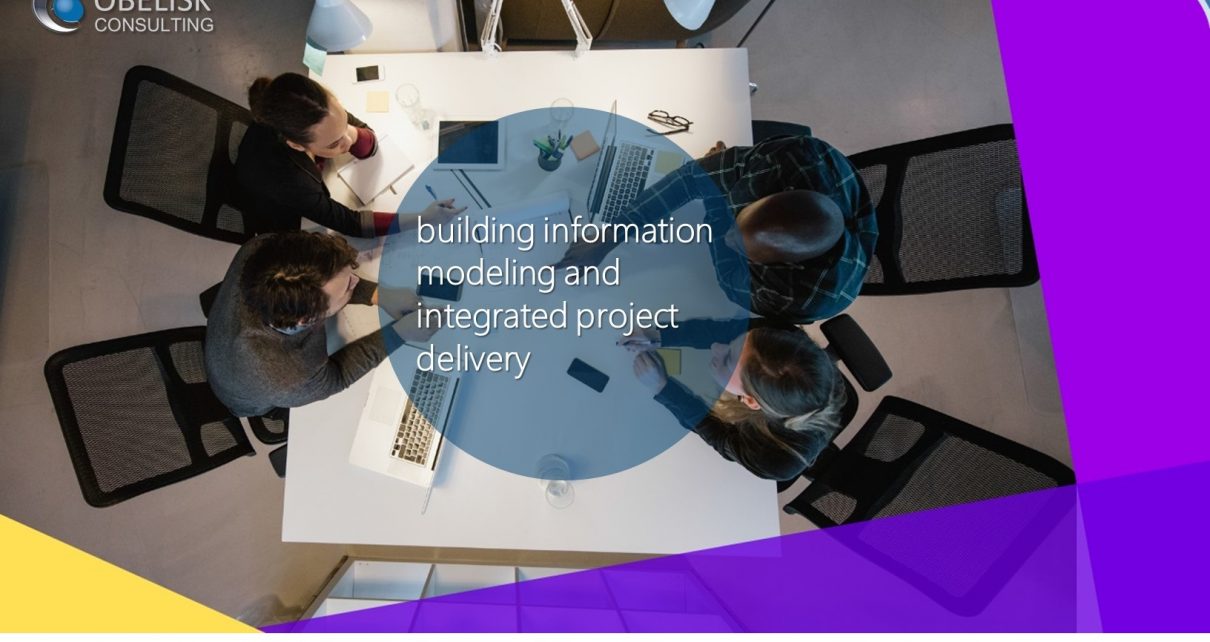Table of Contents
BIM is a 3D model of a building that is created digitally and can be viewed from different angles. It includes information obtained from design drawings, construction documents, 3D visualization, and construction information. It helps stakeholders in the construction project make informed decisions about project delivery.
The design of a building affects the building’s performance. Factors such as climate, building type, layout, and construction material have an impact on building performance. A well-designed building with BIM services can reduce construction time and cost, improve project management processes, enhance communication with stakeholders, and improve maintenance process for that building.
In this blog, we will discuss what Bim is, how it can help you design better buildings and projects, and how to use it in your daily life. We will also touch upon the benefits of using Building Information Modelling Services in construction projects.
What is Building Information Modeling (BIM)?
Building information modeling (BIM) is a process used for design or integration of design that incorporates 3D modeling, 4D scheduling, 5D cost estimating capabilities and XD analyses. These capabilities allow building owners, designers, and developers to have more control of projects’ design, timeline, and budget.
This process creates a holistic package of information about the structure’s design and functionality. This information helps AEC professionals to plan, design, construct, and manage buildings and infrastructure more efficiently.
BIM is an intelligent 3D model-based process that gives architects, engineers, and construction professionals the insight and tools to more efficiently plan, design, construct, and manage buildings and infrastructure. This process has revolutionized the way AEC professionals design buildings by making use of digital modeling software. It allows building information to be shared seamlessly between teams for better planning and coordination. It enhances collaboration among stakeholders with a cohesive end product.
BIM Services for Construction Projects
- BIM coordination services can facilitate collaborative efforts among building professionals, including architects, mechanical, electrical, and plumbing (MEP) designers, and contractors, to ensure a successful construction project.
- These services help reduce cost, time, and frustration by providing 3D modeling and shop drawings of building components. The detailed information provided can improve the accuracy of design documents and shop drawings.
- Experienced MEP engineers can create high-precision 3D models and shop drawings compliant to building standards and codes. With this information in hand, contractors and employees of a project have precise expectations for project completion.
- Structural BIM services can include structural modeling services, rebar detailing services, structural shop drawings, steel detailing services, as-built drawings. These building information modeling services allow contractors to better understand the structural framework of a building and make accurate predictions regarding construction costs and timelines.
In addition to these benefits, BIM coordination services can help building professionals reduce delays during a project’s lifecycle.
Benefits of BIM Services:
Design
BIM design services can be used to plan and visualize the entire project during the preconstruction phase. These benefits include validating building designs for cost, site feasibility, performance analysis, and quickly correcting design elements based on data analysis. BIM modeling also saves time and money compared to traditional building design processes. It allows owners, architects, and contractors to collaborate and make decisions for optimal project results. The data provided in BIM process can be used for construction logistics/coordination, facilities management, systems & energy analysis, and more. By using Level 4, 5 and 6 BIM services, it is possible to reduce energy consumption and produce efficient site planning and scheduling. Moreover, with the help of 3D modeling services, it becomes easier to plan various building components such as large open spaces or a rooftop garden. Thus, it is a wise investment for building projects of all sizes.
Collaboration
- BIM services enable increased collaboration between different groups and disciplines which helps in design validation and resolving errors quickly.
- This helps to reduce project delays and cost overruns, and better project outcomes.
- The ability to share information instantly across the globe leads to better coordination between partners and a more accurate project plan.
- Using 3D modeling software enables designers and engineers to visualize the building structure in a way that was not possible until now.
- BIM services also help with execution of designs, reducing errors during construction.
- This enriches the overall process by saving time and money, increasing efficiency.
- BIM services bridge the gap between clients, contractors, and other stakeholders, facilitating better decision-making and project results.
Efficiency
BIM services provide a number of benefits to construction projects. The use of BIM services can help a project become more efficient, by providing a digital model of the building project. This model can be used to plan and schedule construction more accurately, saving time and money. This can lead to a better outcome for the building project, as errors are less likely to occur and project completion is faster.
BIM services can also help with cost analysis. This is especially useful when a building project undergoes significant changes during construction, such as additions or structural modifications. Using a 3-D model of the building project allows stakeholders to quickly analyze costs and make informed decisions about those costs. Additionally, using BIM services can help organizations reduce energy consumption over the long term, as it helps them visualize their building’s infrastructure and assets in 3-D. Finally, using BIM services can help organizations manage data across the lifecycle of their building project. This includes building information modeling (BIM) modeling, which allows stakeholders to view building models in real-time and share information easily.
By using BIM services, organizations can achieve greater collaboration and efficiency in their building projects.
The Role of an Experienced BIM Team in Enhancing Construction Projects
- BIM is a software-based solution that allows organizations too quickly and efficiently designs, analyze, and document building projects.
- An experienced BIM team can aid in building project validation for cost, site feasibility, performance analysis, and to quickly correct design elements based on data analysis.
- A BIM team can enable collaboration and decision making for optimal project results and facilitate communication between stakeholders.
- With the use of 3D modeling software, a team can identify design conflicts and efficiencies early in the process, minimizing costly RFIs and change orders.
- A BIM team can provide services such as on-site coordination, clash detection, and clash report generation. Additionally, they can help with knowledge transfer from stakeholders to stakeholders, reduce field coordination problems, and provide insights into existing buildings for renovation projects.
- The use of building information modeling services has proven to be beneficial to building projects.
Bring Your Building Projects to Life with BIM Services
The building information modeling (BIM) services offered by a BIM partner can be a game-changer for building projects. With the help of a BIM partner for building information modeling, you can design 3D models and shop drawings in high-precision 3D, resulting in a more accurate representation of a building project. This will ensure successful constructions that are compliant to building standards and codes.
To these benefits, a BIM partner can aid in the 3D rendering and coordination process. This will help architects create better designs and 3D model them accurately before construction starts. Besides, a BIM partner can provide design services such as drafting, modeling, and visualization. They can also provide solutions to any workflow issues, ensuring a smooth and efficient construction process.
With the help of a BIM partner, you don’t have to worry about designing buildings or other structures effectively or efficiently. You just need to get in touch with a BIM partner and let them take care of everything else.
By utilizing BIM services and building information modeling technology, project teams can collaborate better and ensure project success at every stage of the design and construction process. From improving project design documentation and documentation management practices to building project scheduling and cost control, BIM services can help construction projects run more efficiently, with an overall reduction in cost, time, and risk.
Building information modeling technology can help bring building projects to life. In addition to enhancing project design documentation and documentation management practices, BIM services help project teams better visualize building projects and make informed decisions throughout the design, construction, and project lifecycle – all while reducing project risk and overall project costs. If you would like to enhance your building information modeling project services or explore building information modeling services for your next project, contact us today!




